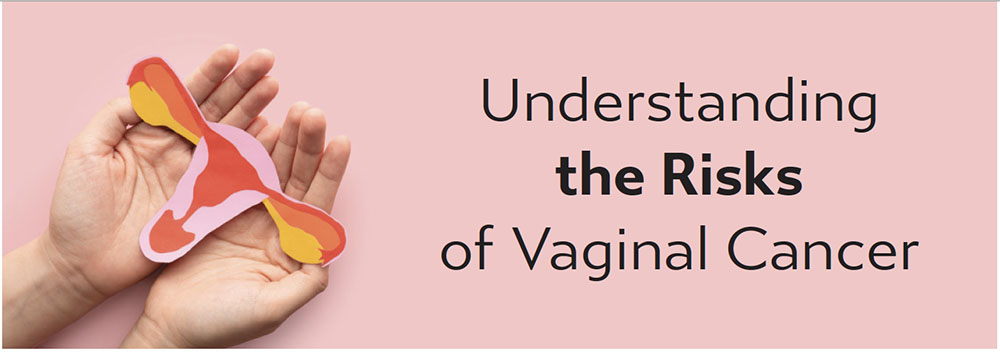
Take Control of Your Finances
Assessing the big picture of your personal finances can be very beneficial when making personal and financial decisions and choices.
At least once a year, consider taking stock of your assets, liabilities, and financial goals. Understanding how much money you have will help you learn how best to earn and save the amount of money you want. Consider the following tips for understanding your financial net worth.
Track What You Have
Most personal finance articles begin by asking you to track your expenses or write down your spending. However, it is more important to start with the baseline knowledge of the money and resources
you currently have.
Companies create annual reports for a reason. Whether you use Excel, Mint, or even old-fashioned pencil and paper, first list your assets. How much do you make in salary or wages? Do you own your home or rent? Do you have a vehicle? Have you started saving for retirement? Do you have any kind of cash emergency fund?
You don’t even have to list exact numbers. The idea of this exercise is simply to give you a bigger-picture idea of how much you earn and what assets you have. Knowing what you own, what your earning potential is, and how you save and invest money is what you want to learn by doing this step.
Consider Your Expenses
Don’t wear yourself out by writing down every penny you spend for a week or a month. That can become a huge chore very quickly. When you’re done doing that, mostly all you have is a list of your least consequential expenses.
If you feel you must record your expenses, focus on the big ones. What do you spend on housing, student loans, car loans, credit card debt, home or life insurance, health insurance premiums, utility bills, ongoing medical and prescription costs, and retirement contributions?
Write the list by either entering expenses as monthly costs (for premiums you pay annually; remember to divide them by 12) or as annual ones. This will give you an idea of the costs in your life that are non-negotiable. Adding up those expenses gives you a better idea of the real money that you spend each year, and how it compares to the number of your earnings and assets.
Once you understand the big numbers in your life, you should examine the more incidental numbers. Even small expenses can eventually add up to big ones. Add up what you spend on clothing, gifts, streaming services, subscriptions, food, and recreation. Once you’ve listed those expenses, go back and consider if you are engaging in smart spending. Do you fully use every subscription you have? Are there ways you can save on your transportation budget?
Make Financial Goals
Truly understanding your assets and liabilities can help you better understand your finances. Now you need to think even bigger.
Finance is not only about numbers; it is also about emotion. How do you feel about your money picture? What would you change about your income and your spending if you could? Your answers to such questions should guide the goals that you make for your money and investments.
Would you like to earn more money? Make it a goal, and consider ways you can achieve it. Write down your plans for finding a better-paying job, developing a side gig, or asking for a raise. Do you think you could
improve the way you save money? Make it a goal to investigate ways to increase your retirement contributions. Are you confused about the best ways to invest money? Plan to learn more about the stock market, bonds, or other investment methods.
You don’t have to make a specific number of goals. All you have to do is take the goals you make seriously. Making and meeting even one financial goal per year can make a huge difference over your lifetime.
Educate Yourself on Money Matters
Everyone expects to be naturally good at money but very few people are.
Being good with money is often a matter of developing good financial habits and skills. Skills require education. After investigating your finances, take some time to learn about new money terms and topics. Read some personal investing magazines or websites. Ask people you know financial questions (they don’t have to be personal). Watch a YouTube video or take an online class about learning to invest in the stock market.
The more you know about money, and specifically, your money, the better prepared you’ll be to earn, save, and use it.




